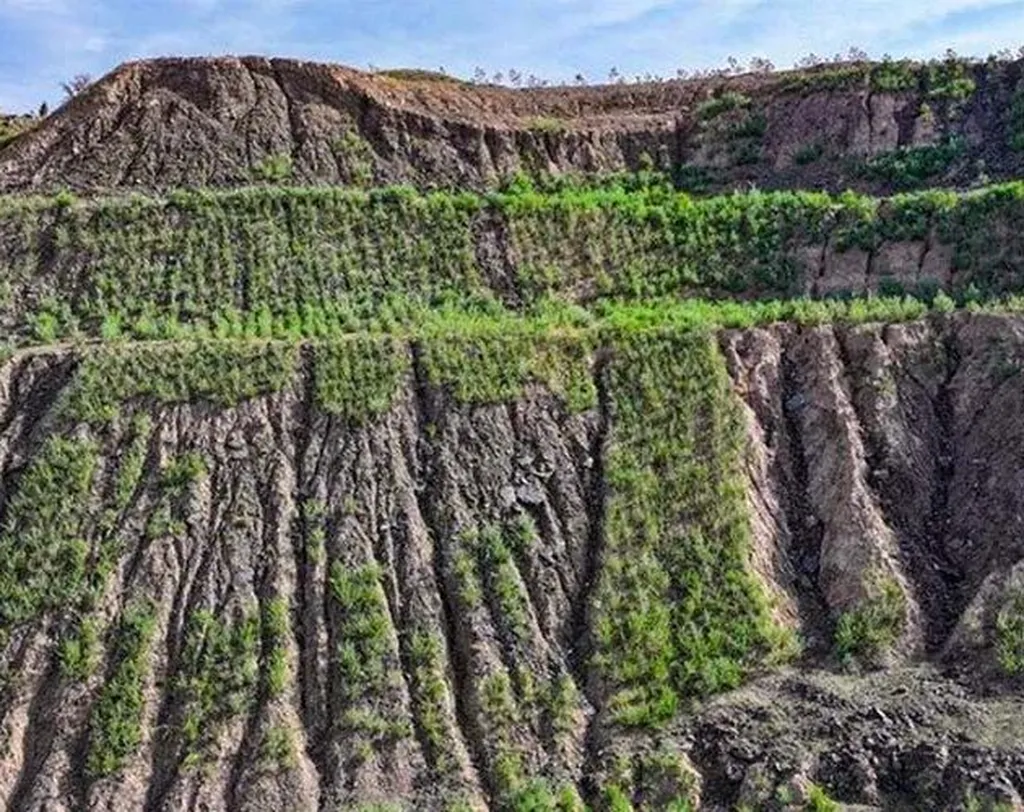In the heart of China’s Henan province, researchers at the Luoyang Institute of Science and Technology have been delving into the dynamic performance of a promising construction material that could revolutionize the energy sector’s approach to underground structures. Led by Shaoyang Yan, a team of scientists has been exploring the resilience of basalt fiber reinforced polymer (BFRP) anchors under impact loads, with findings that could significantly enhance the safety and efficiency of energy-related infrastructure.
The study, published in the *Electronic Journal of Structural Engineering* (translated from Chinese as *电子结构工程学报*), focuses on the dynamic mechanical response of BFRP anchors, a material known for its light weight, high strength, and strong corrosion resistance. These properties make it an attractive option for use in mines, foundation pits, slopes, and reservoir embankments—areas critical to the energy sector.
“Our research indicates that BFRP anchors can withstand energy impacts exceeding 2.5 kJ,” Yan explained. “This is a significant finding, as it demonstrates the material’s capability to endure substantial dynamic loads, which is crucial for the stability of underground structures in the energy sector.”
The study employed LS-DYNA numerical simulation software to analyze the dynamic mechanical response of BFRP anchors under various impact loads and multiple impact load conditions. The results revealed that the deformation of the BFRP anchor undergoes three stages: elastic deformation, plastic deformation, and elastic deformation rebound. This behavior is vital for understanding how the material will perform under real-world conditions.
“Interestingly, we found that the BFRP anchor can endure three impacts with an energy of 1.25 kJ,” Yan added. “However, during the third impact, the anchor fractures and fails. This insight is crucial for designing safety protocols and maintenance schedules for structures using BFRP anchors.”
The implications of this research are far-reaching for the energy sector. As the demand for energy continues to grow, so does the need for robust and reliable infrastructure. The use of BFRP anchors could enhance the safety and longevity of underground structures, reducing the risk of catastrophic failures and minimizing maintenance costs.
Moreover, the study provides a theoretical basis and reference for foundation pit support and slope anchoring under dynamic loads in special engineering geology. This could lead to more innovative and efficient designs in the future, ultimately benefiting the energy sector and other industries that rely on stable underground structures.
As the energy sector continues to evolve, the need for advanced materials and technologies becomes increasingly apparent. The research conducted by Shaoyang Yan and his team at the Luoyang Institute of Science and Technology represents a significant step forward in this regard. By understanding the dynamic performance of BFRP anchors, we can pave the way for safer, more efficient, and more sustainable energy infrastructure.

